'The market decided she wasn’t worth a single bid' - recalling the time when Honeysuckle had no friends at all
Martin Stevens talks to Honeysuckle's breeder, Doug Procter of The Glanvilles Stud
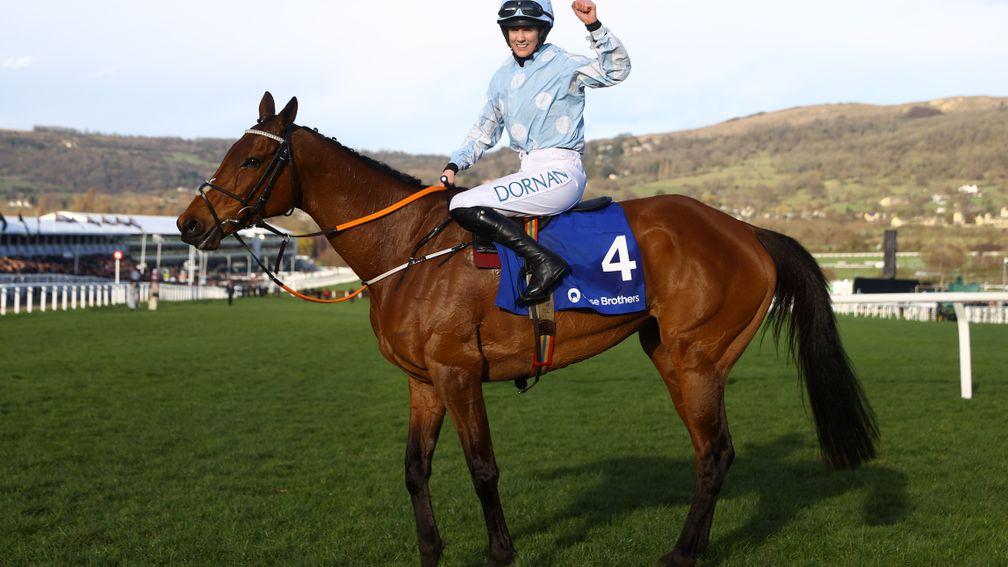
Good Morning Bloodstock is Martin Stevens' daily morning email and presented online as a sample.
Here, Martin speaks to The Glanvilles Stud’s Doug Procter about Honeysuckle's lukewarm welcome as a youngster. Subscribers can get more great insight from Martin every Monday to Friday.
All you need do is click on the link above, sign up and then read at your leisure each weekday morning from 7am.
Honeysuckle might be the darling of the racing scene, as shown by the rapturous reception she was given in the winner’s enclosure at Cheltenham last week, but she wasn’t always so popular. In fact, as hard as it is to believe now, there was a time when she was met with almost universal indifference, even aversion by some.
Back in January 2015, when the Henry de Bromhead-trained 13-time Grade 1-winning hurdler was a mere weanling, her breeders The Glanvilles Stud put her up for auction in Doncaster and received not one solitary bid for her. She had been roundly ignored during inspections in the run-up to sale day, too, in spite of being by an outstanding racehorse in Sulamani and out of a Listed-placed hurdler in First Royal.
“It was just another day at the sales with a National Hunt filly at that time,” shrugs The Glanvilles Stud’s Doug Procter. “I don’t remember much about it other than when she was walking around the ring, Tom Malone’s assistant Nick Taylor came up to me and said ‘this is ridiculous, she’s a nice looking foal out of a black-type mare; do you want me to chuck in a bid?’ I said ‘no thanks, we’ll let the market decide’, and the market decided that she wasn’t worth a single bid.”
Doug insists that the infant Honeysuckle’s physique would have stood up to scrutiny, if more potential buyers had taken the trouble to scrutinise it. As it happens, she was brought out of her box and shown only once or twice.
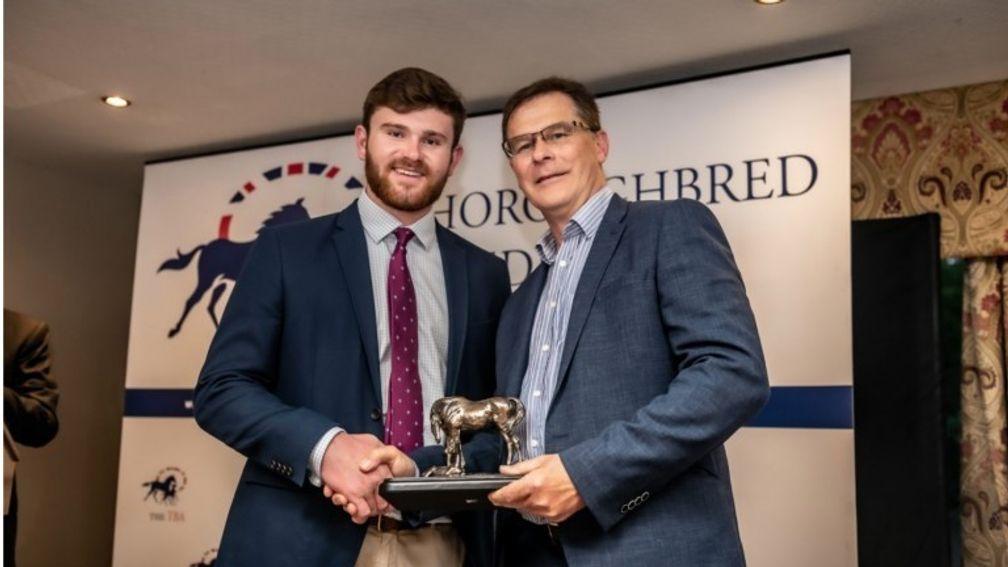
“She was a nice model,” he continues. “We’ve got a photograph of her at the time of the sale, and you can see there’s nothing wrong with her at all. I know I must have liked her as a foal, as I sent First Royal straight back to Sulamani, and I wouldn’t often do that – especially when starting out with a mare, as I like to try out a few different stallions to find out what’s working with her.
“Funnily enough, the other horse we took to that sale was a Sixties Icon colt out of Aphrodisias. Everyone fell in love with him, and he was bought by John O’Byrne on behalf of JP McManus for £22,000, which we were delighted with as it was our best result for a foal up to that point, and for a son of a not particularly fashionable sire.
“It turned out that the one they all wanted would never run and disappear without trace, while the one that didn’t even get a bid was one of the greatest National Hunt racemares of all time.”
Doug pins the blame for Honeysuckle’s unpopularity on the widespread lack of interest in jumps-bred fillies at that point in history, a lamentable situation that mercifully has since been remedied to a degree.
It was in 2013 and 2014 that breeding associations in Britain and Ireland launched bonus schemes for mares, and around the same time that the racing programme for the fairer sex was expanded, all of which helped to stimulate demand at the sales.
“This was before all those efforts to get more mares into training had come to fruition,” says Doug, looking back. “There was a good market for mares who already had form, if they’d won a bumper or a point-to-point for example, and the owner knew they’d win more races with them, but there was hardly any demand for untried filly foals.
“You’d occasionally sell a filly to a British owner who had a bit of land at home and was thinking of keeping her until she came of racing age, as it was cheaper than buying stores, but generally they were a tough, tough sell.”
Honeysuckle returned home to The Glanvilles Stud in Dorset after her fruitless trip to Doncaster, then, and over the next two years grew into a strikingly athletic adolescent.
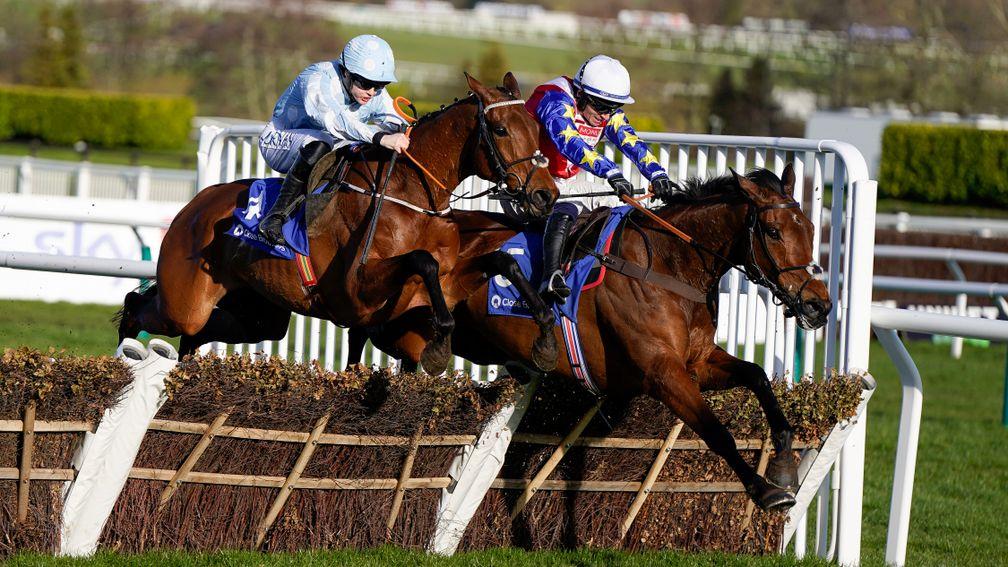
She was re-offered to market as a three-year-old store at the less select second part of the Tattersalls Ireland Derby Sale in the summer of 2017, but was barely any more sought-after in Fairyhouse than she was in Doncaster. On this occasion she received just two live bids, and it was point-to-point trainer Mark O’Hare who had the final say at a paltry €9,500.
With her physical appeal beyond doubt, it was the identity of her sire that counted against her now. Sulamani might have been a beautifully bred and brilliant racehorse himself, and had been represented by Grand National winner Rule The World in between the two auctions, but he was still far from the last word in fashion
.“She was barely in the parade ring before entering the sales ring, as she was so good-looking and moved so well that she was constantly being shown, but people were asking me what I could tell them about the sire,” recalls Doug, laughing in disbelief. “He was a phenomenal racehorse, you’d have to have been on Mars to miss him, and he'd had a Classic winner [Mastery] in his first crop and a Grand National winner by that stage.
“The guys at the sale company said if she’d been by Oscar of Flemensfirth, the stallions everyone wanted at the time, she’d have been a €30,000 filly, and that would have been a good price for a filly then.
“But I think people often overestimate the influence of the sire, especially when the mare is already accomplished. Look at the spread of stallions that had winners at Cheltenham last week, compared to the small group that so many people think are the only ones capable of getting top-class horses. The perception of the sire’s importance is massively distorted.”
It soon became apparent that O’Hare had snared the bargain of a lifetime by purchasing the unfashionably sired Honeysuckle for such small money, as his then business partner Gerry Cosgrave sent her out to win a Dromahane four-year-old mares’ maiden point-to-point by 15 lengths in the following spring, before the pair sold her to Peter Molony on behalf of lucky owner Kenny Alexander for €110,000 at the Goffs Punchestown Sale.
Doug is philosophical about letting go of a legend, and at a loss to boot.
“It’s always frustrating when you’ve bred good horses and you didn’t make a profit when you sold them,” he says. “All National Hunt breeders will sympathise with that; you only need to look at the median price at the store sales, and work out that 50 per cent of horses there aren’t covering their production costs from birth.
“But once they’re gone, they’re gone. We’ve taken the hit, they’ve gone through the books and they’re not costing us any more, at least. That’s the way we look at it. And anyway, when you see them do well in other peoples colours, you’re getting all the enjoyment of ownership without the cost of putting them in training.”
Anyone who saw social media footage of Doug and wife Lucy roaring home Honeysuckle at Cheltenham last Tuesday will appreciate the huge amount of pleasure they have derived from their association with the mare.
“We might not have made a penny out of her but the thrill she’s given us is priceless,” says Doug. “It was a very special day when Sam Spinner became our first homebred Grade 1 winner when scoring in the Long Walk Hurdle at Ascot, and it was pretty good when our son Freddie rode his first winner under rules at Huntingdon on Soul Icon, another horse we bred.
“But what Honeysuckle did last week, coming back from being beaten a few times and doing it in the most competitive race of the week, was something else. Being in the parade ring waiting for her to return after she won, hearing her approaching from the cheers of the crowds on the other side of the stands, was something I won't forget in a hurry."
Anyway, even if there had been any lingering bitter aftertaste to the insult paid to Honeysuckle in the sales ring all those years ago, it would have been sweetened by the mare’s exploits enhancing the pages of her relations at home at The Glanvilles Stud.
First Royal is no longer around, sadly, as she died a few months after giving birth to that year-younger foal by Sulamani, the aptly named bumper and novice hurdle winner Last Royal; but the operation does have the Lando mare’s only other female offspring besides Honeysuckle, the placed Shirocco ten-year-old Roc Royal.
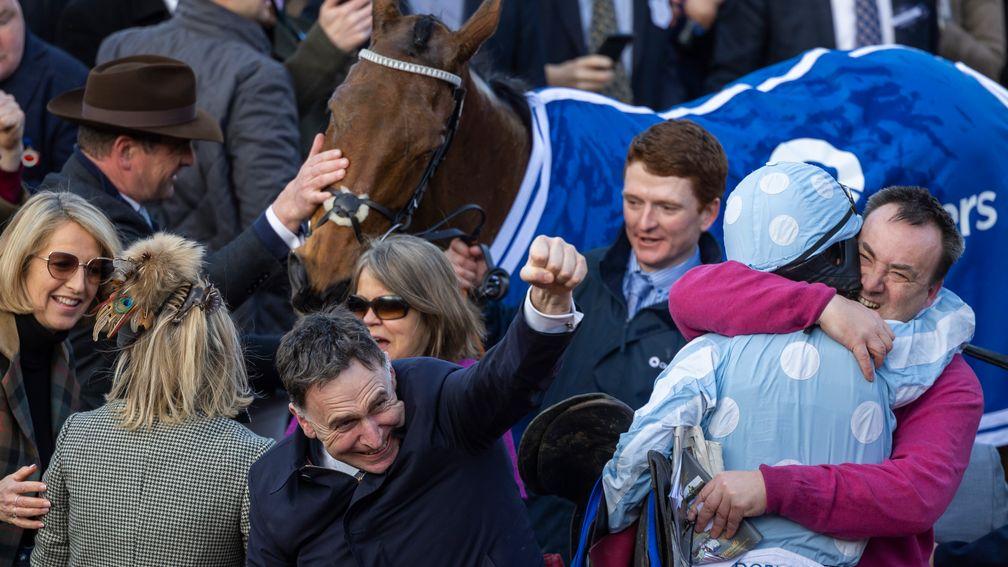
Her first foal is a three-year-old filly by Motivator who has, unsurprisingly, been retained.
“She’s broken, cantering and schooled over barrels,” reports Doug. “She’s due to go to Anthony Honeyball imminently. The main plan is to target a National Hunt juvenile race in the autumn, although if the trainer thinks she’s fast enough, we wouldn’t mind if she won a 12-furlong maiden on the Flat. We just want to have fun with her.”
Roc Royal has a two-year-old colt by Linda’s Lad and a yearling filly by Nathaniel. If, for whatever reason, the latter youngster finds her way into a sale as a store, she should receive a lot more respect from buyers than Honeysuckle did, since her ‘aunt’ has demonstrated just what this family, and National Hunt fillies in general, can do.
It seems infeasible that either the Motivator or Nathaniel filly out of Roc Royal will surpass the achievements of the now-retired wondermare Honeysuckle, though.
“Clearly I’ve peaked as a breeder!” exclaims Doug. “For a horse to be that good and go on for that long without injuring itself, or a jockey falling off, is something you can’t expect to replicate. I’m hoping to breed more Sam Spinners, but I’ve got no expectation of breeding another Honeysuckle.”
What do you think?
Share your thoughts with other Good Morning Bloodstock readers by emailing gmb@racingpost.com
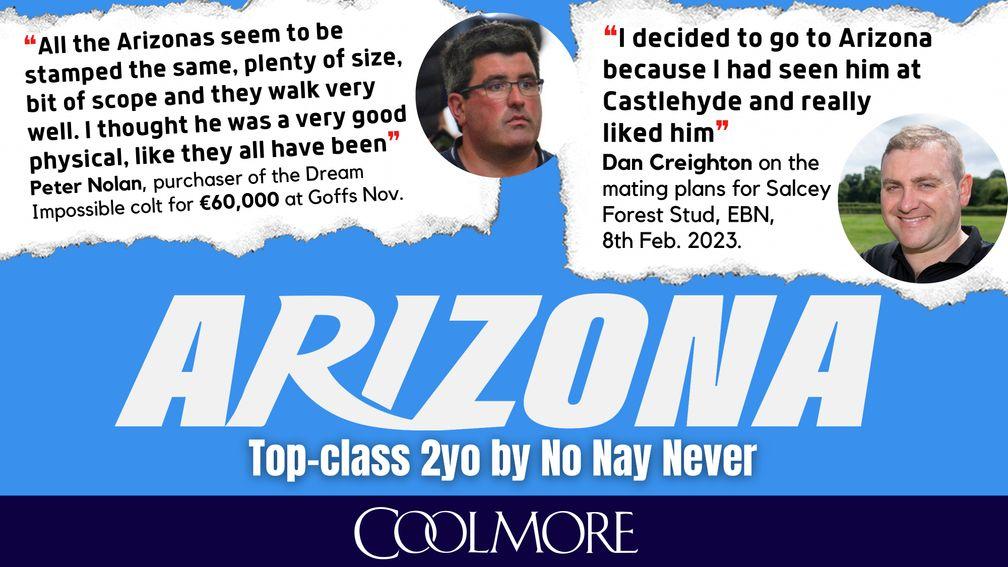
Must-read story
“MyRacehorse gives everybody the chance to see how this amazing sport works from the inside out, rather than the outside in,” says Ted Durcan as he is appointed as bloodstock consultant to the micro-share syndicators.
Pedigree pick
The bumper at Taunton on Monday (4.45) looks a competitive heat, with point-to-point winners Rock House and Saladins Son, as well as pointing runner-up Hammer Dan, taking on rules scorer Duhallow Tommy and place-getters Range and Light Sentence, with a few well-bred newcomers thrown in for good measure.
One debutant whose pedigree demands that he is factored into calculations is the Kim Bailey-trained I Got Stung, who is by Scorpion and is the second foal out of his owner-breeder John Perriss’s high-class Midnight Legend mare Molly’s A Diva.
Eyecatchingly, the dam won on all of her first three starts in bumpers, culminating in a Listed success at Sandown, and her first offspring I Spy A Diva also scored on her debut in a National Hunt Flat race.
Got a friend that will like Good Morning Bloodstock?
Send them the link racingpost.com/goodmorningbloodstock and they can sign themselves up to receive it each weekday morning!
Don’t miss ANZ Bloodstock News
Subscribe for the latest bloodstock news from Australia, New Zealand and beyond.
Published on inGood Morning Bloodstock
Last updated
- ‘He genuinely thinks that every mare that comes through the gate is for him’ – the dream stallion still going great guns at 25
- Beware the small sample size – why it's folly to read too much into early first-season sire results
- One exciting three-year-old prospect after another for this renowned owner and breeder
- Record-breaking recruits, sire on fire surprises and an unlikely appearance from a jumps stallion - five talking points from the early Derby entries
- The Mares’ Hurdle divides opinion but for the long-term benefit of National Hunt breeders - and the sport as a whole - it has to stay
- ‘He genuinely thinks that every mare that comes through the gate is for him’ – the dream stallion still going great guns at 25
- Beware the small sample size – why it's folly to read too much into early first-season sire results
- One exciting three-year-old prospect after another for this renowned owner and breeder
- Record-breaking recruits, sire on fire surprises and an unlikely appearance from a jumps stallion - five talking points from the early Derby entries
- The Mares’ Hurdle divides opinion but for the long-term benefit of National Hunt breeders - and the sport as a whole - it has to stay